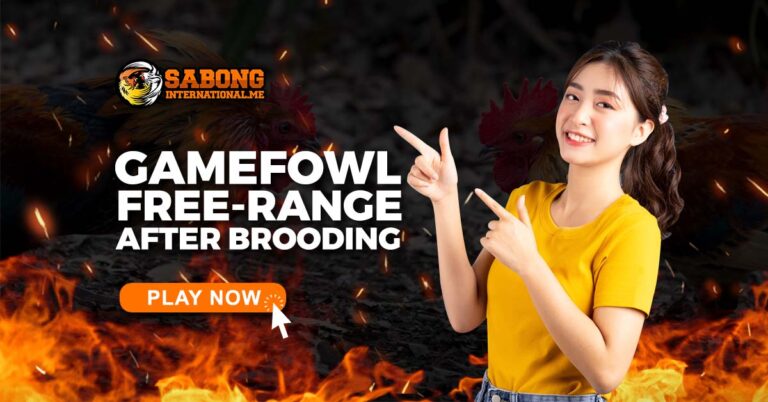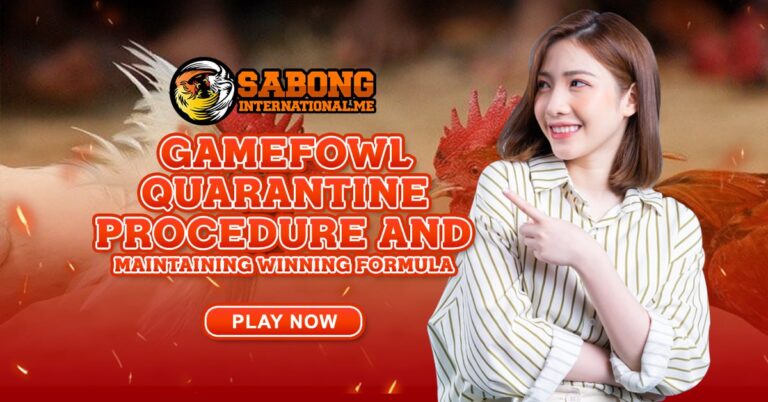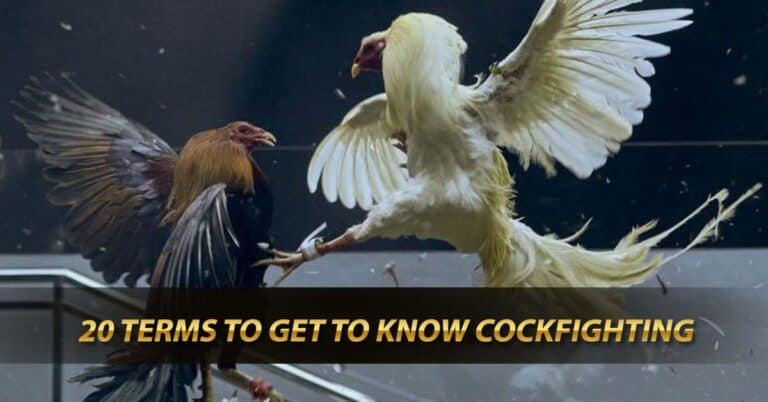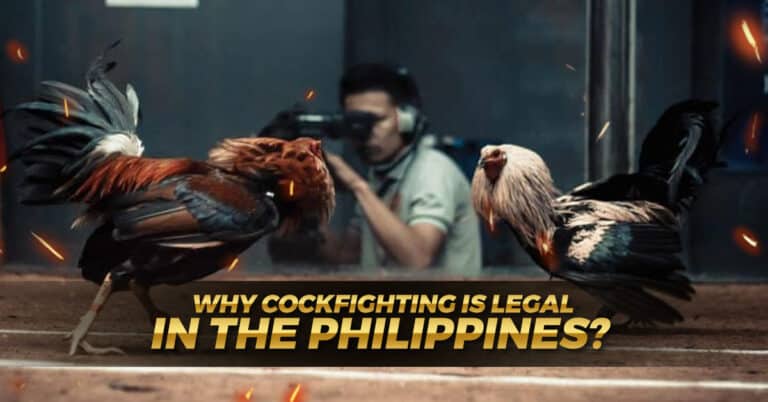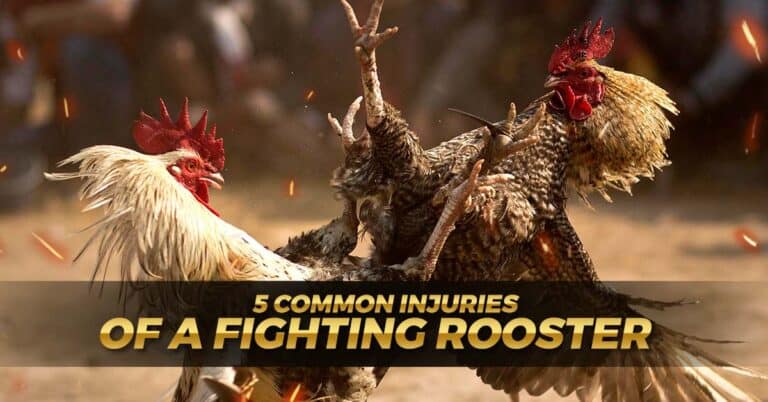Causes of Gamefowl Feathers Loss and its Treatment
Sabong International act as insulation, weather protection, and aid in flight, feathers are a vital component of a chicken’s body. Gamefowl feather loss can result in a reduction in egg production, a rise in disease susceptibility, and a decline in the chicken’s general health. Gamefowl owners must comprehend the causes of and solutions for gamefowl feather loss in their flock.

Gamefowl Feathers Loss Causes
Gamefowl owners devote a lot of effort and money to maintaining the health of their birds. Owners may find feather loss to be a bothersome issue because it affects the bird’s look and well-being. Many factors, including parasite infestations, inadequate diet, and genetic predispositions, can contribute to gamefowl feather loss. To take corrective action and stop further harm, it is crucial to determine the underlying cause.
Stress (Mini Molts)
The first sign of stress in hens is a decrease in egg production.
Following this, they can stop eating and undergo a mini-molt.
What puts a Gamefowl in such a stressful situation?
They may be bothered by a single issue at times and by a number of issues at other times. The following are a few of the major stressors:

A regular schedule will help your gamefowl thrive.
Any modifications to that schedule have the potential to stress them out to some extent. Your birds may experience some dread with a change in routine, and stress is a result of fear.
Some flock members may experience stress when new gamefowls are introduced since the pecking order has changed for everyone.
Some gamefowl breeds may become anxious when they move to a new coop. A new setting brings both change and an adjustment problem for them. Some gamefowls will breeze through it, while others won’t.
By getting rid of or ceasing the stressor, you can help to lessen the impacts of stress.
To get them back on schedule, give them healthy food, clean water, and a calm environment. As soon as the routine is restored, their feathers should start growing again. An automatic chicken waterer helps keep the water running if you have to leave the coop throughout the day to go to work.
Attacks by Predators
Not just the attacked bird, but the entire flock also experiences stress after a predator assault.
Their feathers may fall out as a result of the stress, and it may take them several weeks to recover and return to normal.
The majority of the feathers and possibly some meat on hens that survive a predator assault are frequently absent.
Young, unskilled predators may just get a mouthful of feathers while more seasoned ones, tragically, get a chicken for dinner. It might be upsetting when all you find is a pile of feathers.
If your hen escapes an attack, check her over right away for injuries. There will likely be a sizable clump of feathers missing from the region, but you might also detect talon rakes, teeth marks, and tears.
Many hens have been saved by the thick coating of feathering. The hen may occasionally manage to flee to safety as the predator deals with a mouthful of feathers.
This is extremely stressful for the hen. She’ll be terrified for a while, cease laying, and possibly even undergo a molt. Your hens’ feathers will most likely regrow over a few weeks.
Health Issues and Poor Nutrition
However, feather loss is a sign of illness or malnutrition rather than a direct result of the majority of chicken diseases. In other words, it is a symptom rather than a cause.
In conditions like fowlpox, cutaneous Marek’s, polyomavirus, starvation, and gangrenous dermatitis, you may notice some feather loss.

The good news is that a lot of these illnesses are rare. Make sure to have any of these common illnesses—cutaneous Marek’s and fowl pox—diagnosed and treated if you fear you may have them.
However, there may be a few explanations for this if you suspect malnutrition.
- inadequate nutrient content in the feed as it is. Make sure the meal is completely nutritious and change the brand.
- It’s okay if you make your feed mix as long as it has all the vitamins, minerals, and trace elements your birds require.
It’s possible that a chicken who has suffered from acute malnutrition for a period won’t ever regain all of its feathers.
Annual Molt
Usually in the fall, the yearly molt takes place.
You are powerless to stop it because it is a natural occurrence. When they are between 15 and 18 months old, chickens often begin their first molt. (depending on when she was hatched).
She molts to replace her worn-out, battered, and ineffectively thermal-insulating feathers with a fresh set of lovely, lustrous, and thermally-effective feathers that will serve her for the upcoming year. For some owners, the head and neck region of their chickens is where the molting process begins.
On the other hand, some people discover that their hens lose their body, wing, or tail feathers at irregular intervals and in no discernible order. Some chickens will molt softly, which makes it difficult to detect whether they are actually doing so. Some people will molt hard and appear as if they’ve been through a chicken plucking machine.
It can hurt when new pin feathers are sprouting. So be careful not to touch her and watch out for any bullying. Her flock mates have been known to occasionally remove some of the blood quills and consume them since they are a valuable source of protein.
To aid them in regrowing feathers as rapidly as possible during their molt, you should boost their protein intake. Use a feed that is higher in protein (at least 20%) and offer high-protein snacks or treats like mealworms, cat food, or a tiny handful of fish pellets.
Lice, Mites and Other Parasites
disgusting and annoying, yes?
Your chicken experiences that when she contracts mites or lice. Due to the warm and damp environment, these parasites will gather in specific places, most commonly in the feather shafts and near the vent. Your chicken will scratch and rip off her feathers to get rid of them since they are so irritating.
It’s important to routinely check and treat your chickens for external parasites to prevent discovering a massive infestation. Poultry dust can be used to treat minor infestations; make sure to also treat the coop and nesting boxes.

Bullying and Pecking
For a variety of reasons, chickens will pluck feathers from their friends.
Your chickens may occasionally act aggressively toward one another and peck at each other. You must be very careful since it could result in full-fledged cannibalism. Bullies need to be taken out of the flock as soon as possible, at least until the injured hen recovers. Overcrowding is another factor in the pecking.
Keep in mind that each chicken requires 4 square feet in the coop and 4 square feet on the run. Because they are stressed out from being crowded, chickens may frequently peck their flock mates, which can result in feather loss. Boredom has the potential to worsen the problem.
Chickens are intelligent animals that require some sort of mental exercise to keep them from getting into trouble. It will be beneficial to have leaf heaps, a cabbage piata, numerous perches, tree stumps, a calm place, and dust baths.
A lack of food will also cause them to pluck feathers. They will consume feathers to gain protein if the food they are eating falls short of their needs. During the majority of the year, make sure your feed is at least 16% layer and at least 20% during the molt.
Having insufficient feeders can have the same effect. Some hens won’t be able to eat since certain fowl will guard the feeders.
Gamefowl Feature Loss Treatment
Gamefowl depend heavily on their feathers for survival. They offer aerodynamics during flight, skin protection, and body temperature regulation for the bird. Gamefowl frequently experience feather loss, which can be brought on by a variety of factors, including inadequate nutrition, illnesses, parasitic infestations, hormonal imbalances, and even stress. Gamefowl’s performance and general health can be negatively impacted by feather loss, so it’s important to address the problem as soon as you can to limit further harm.
Preening
When your chickens preen, occasionally they’ll lose feathers. They use only their beaks to transfer oil onto their feathers from the preen gland, which is located at the base of the tail.
Their feathers are kept in excellent condition thanks to the technique. The gamefowl may pick out ugly broken feathers while preening itself. You probably won’t notice much of a difference in the hen’s feather covering because they typically do not lose a lot of feathers during preening.
Broodiness
Broody hens are simple to identify.
They appear to be prepared for a conflict and are irritable and short-tempered.
Once she has entered nesting mode, a broody hen will pluck the feathers off her breast. This ensures that the incubation eggs are right up to her flesh and lines the nest with warm downy feathers for the babies to rest on.
This indicates that her body temperature can easily maintain the eggs’ proper temperature for hatching and ensure that the babies are kept warm after hatching.
Somewhere close to her keel bone will be the location of the bald spot. Since she is unlikely to allow you to pick her up, it will be tough to see. As many broodies molt after caring for their chicks, the spot that was plucked will quickly develop some feathers again.

Roosters and mating
Hens who are regularly mated by roosters may become bald in certain regions. By the end of the season, the area at the rear of her comb may be rather bald because this is where he grips her with his beak to provide himself with some support. She may also have some bald spots on her back from where he stepped on her. You should be vigilant and frequent in these locations throughout the mating season.
The rooster may tear off her flesh with his talons, causing pain and bloodshed, if he is extremely infatuated. If you discover any open spots, you should carefully clean them before applying antibiotic ointment. You should call a veterinarian since severe tears can potentially require sutures.
Your hen needs to be kept apart while these wounds are mended so that her feathers have time to regrow. You might try installing a hen saddle on your hens to assist in preventing such harm.
Conclusion
Many things, like molting naturally, parasites, stress, inadequate nutrition, and infections, can lead to gamefowl feather loss. To treat feather loss, you must first determine the underlying cause and take the appropriate action. You can encourage your birds to grow healthy feathers and maintain good health by giving them a pleasant home, a balanced meal, and the proper care.
